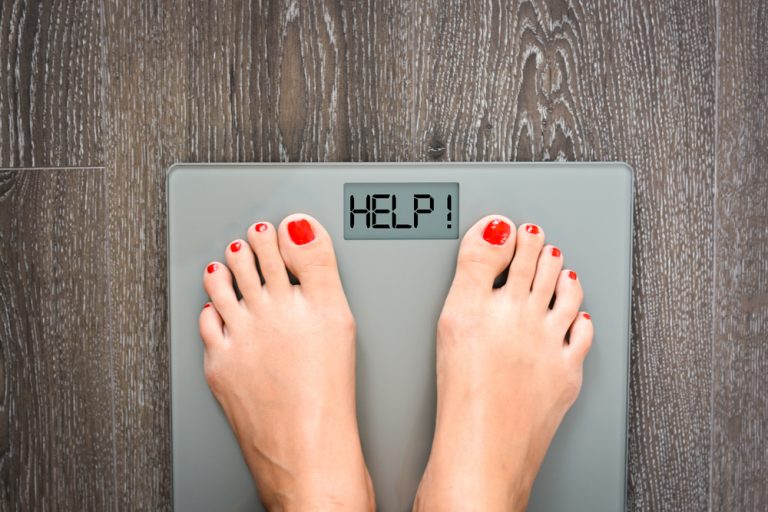The decision to start losing weight often comes surprisingly easy. For some people, the critical look at the mirror is enough, for others health is the main concern, and for others simply the desire to fit into the clothes in the lower size. While the decision itself is not a big problem, the proper start of a weight loss diet causes a lot of trouble for some people, and it is worth starting this process with a cool head.
Dietary energy requirement
First of all, we need to determine our body’s energy requirements. Why? After all, you could take the first found low-calorie diet and start eating according to its assumptions. Of course, you can, but it will not bring optimal results. If we choose too high calorie one, the effects may not appear at all or will be unsatisfactory. If you choose a diet with a too high caloric deficit, the initial effect may be spectacular, but after a short time (2-3 weeks) it will start to weaken or even stop completely due to the adaptation of the metabolic rate to insufficient calories.
If you stop a diet that is too low in calories and go back to your standard calorie intake, there is a high risk that you will have a yo-yo effect and the lost weight will come back, often in excess. That's why it's important to know our basal metabolic rate (BMR) by calculating it using one of the mathematical formulas, of which the Harris-Benedict formula is the most commonly used
Harris-Benedict formula for energy requirement
BMR (women) = 655.1 + (9.563 x body weight in kg) + (1.85 x height in cm) - (4.676 x age)
BMR (men) = 66.5 + (13.75 x body weight in kg) + (5.003 x height in cm) - (6.775 x age)
This way we get to know how much energy our body uses just to maintain basic life functions in complete stillness and mental peace. Barring exceptional situations, we usually do not spend the whole day lying in bed, which is why the concept of Total Metabolic Rate (TMR) was created.
This is the total daily energy expenditure that we incur during normal functioning, including work and training. Each of us leads a different lifestyle, therefore approximate coefficients (PAL) were created, thanks to which we can approximately determine the TMR.
PAL coefficients
1.2 - 1.3 --> for a sick person lying in bed
1.4--> for low physical activity
1.6 --> for moderate physical activity
1.75--> active lifestyle
2--> very active lifestyle
2,2-2,4--> competitive sports
Knowing our BMR and PAL it is enough to calculate BMR x PAL = TMR
After calculations
It is enough to fit the calorie content of the diet between BMR and TMR, and the closer to the basal metabolism we are, the bigger the deficit will be and we will lose weight faster. However, it is worth remembering that it is not recommended to reduce calorie intake by more than 1000 kcal below TMR.
With the stage of calorie determination, now it is enough to simply count calories and provide them from healthy sources (eliminating sweets, fast food, salty snacks, and highly processed foods), preferably maintaining the regularity of meals. You can easily lose weight with few meals in a diet plan (e.g. 3), but if you are easily tempted to snack, it is worth introducing more meals, usually, the optimum is 5 meals eaten every 3 hours. This will allow you to maintain a constant feeling of satiety and better control over your caloric intake.
This scheme applies to healthy people who do not have problems with disordered metabolism or diseases requiring more strict nutrition. Unfortunately for people suffering from various metabolic diseases, calorie reduction alone may not be enough and it will be necessary to introduce additional measures. However, it is worth consulting a professional dietician, who will help to compose a diet so that it is optimally effective for you.









